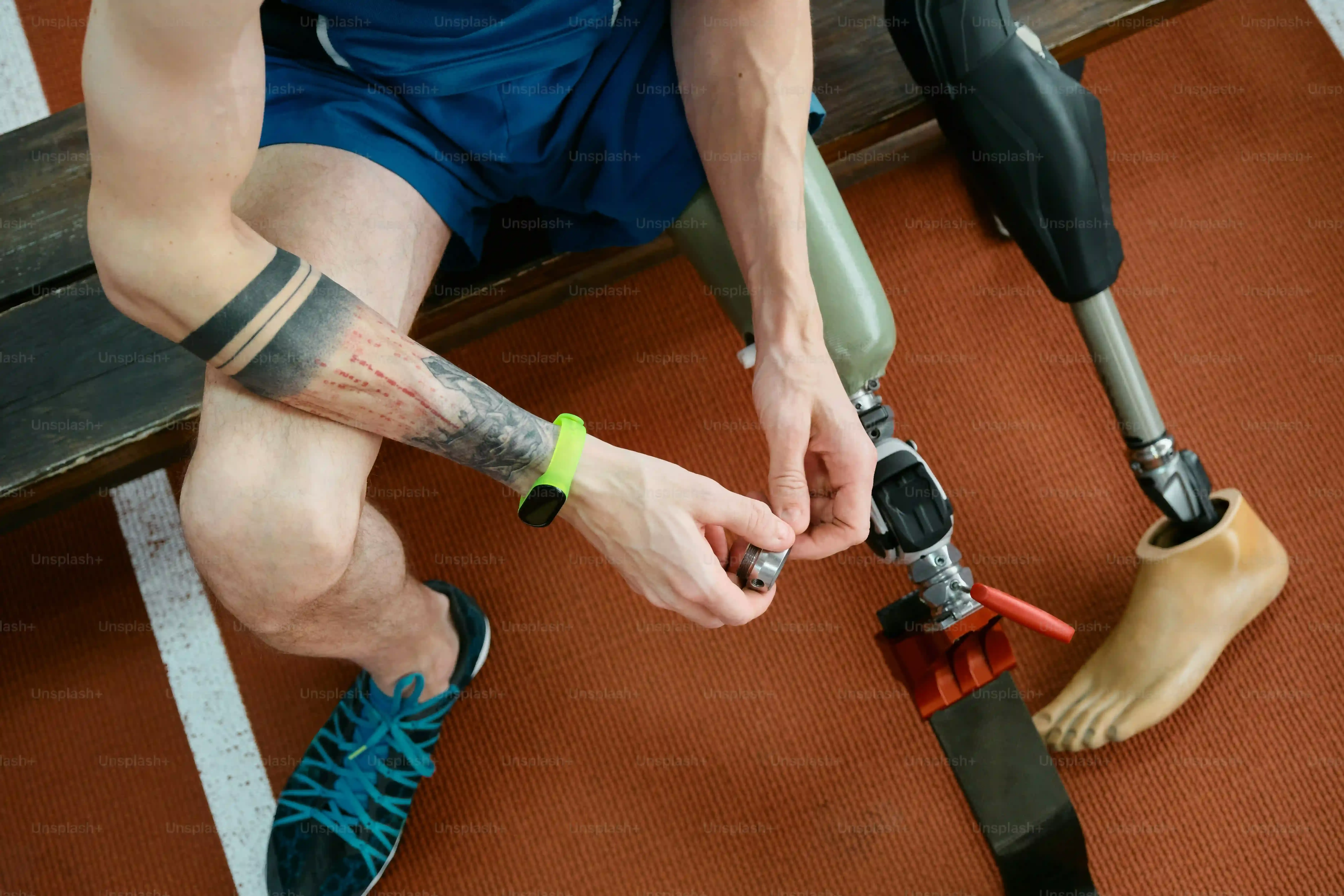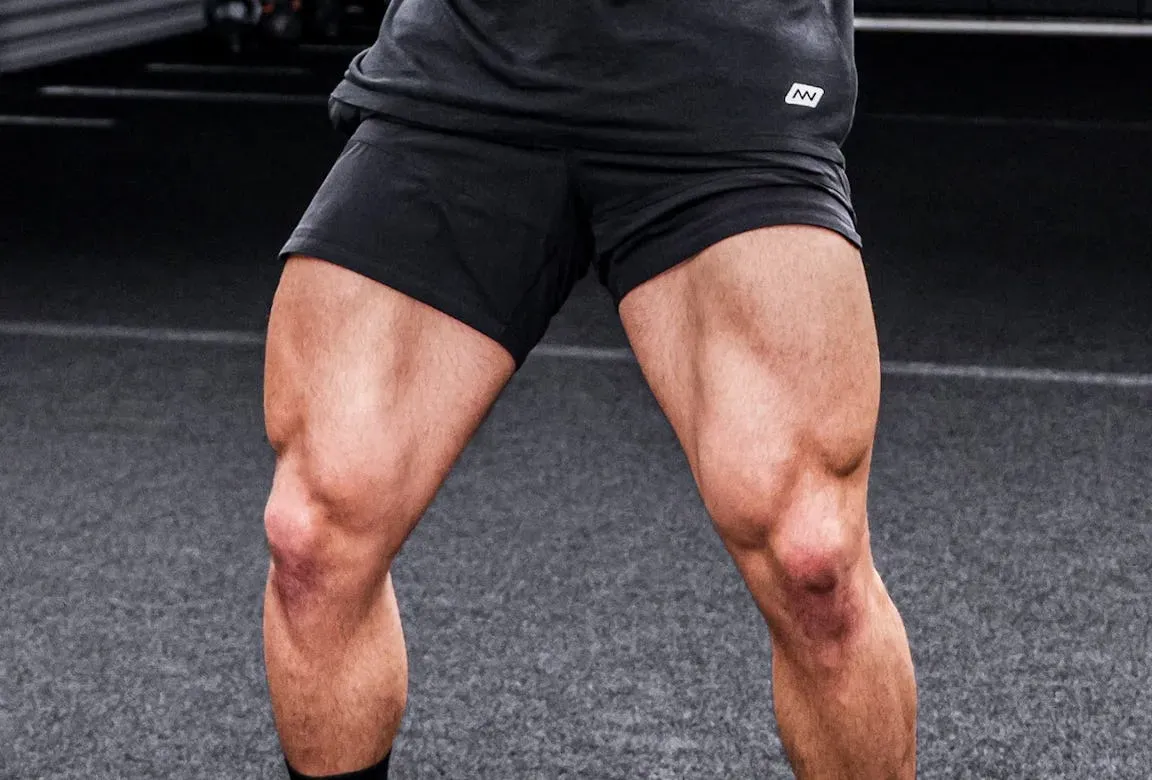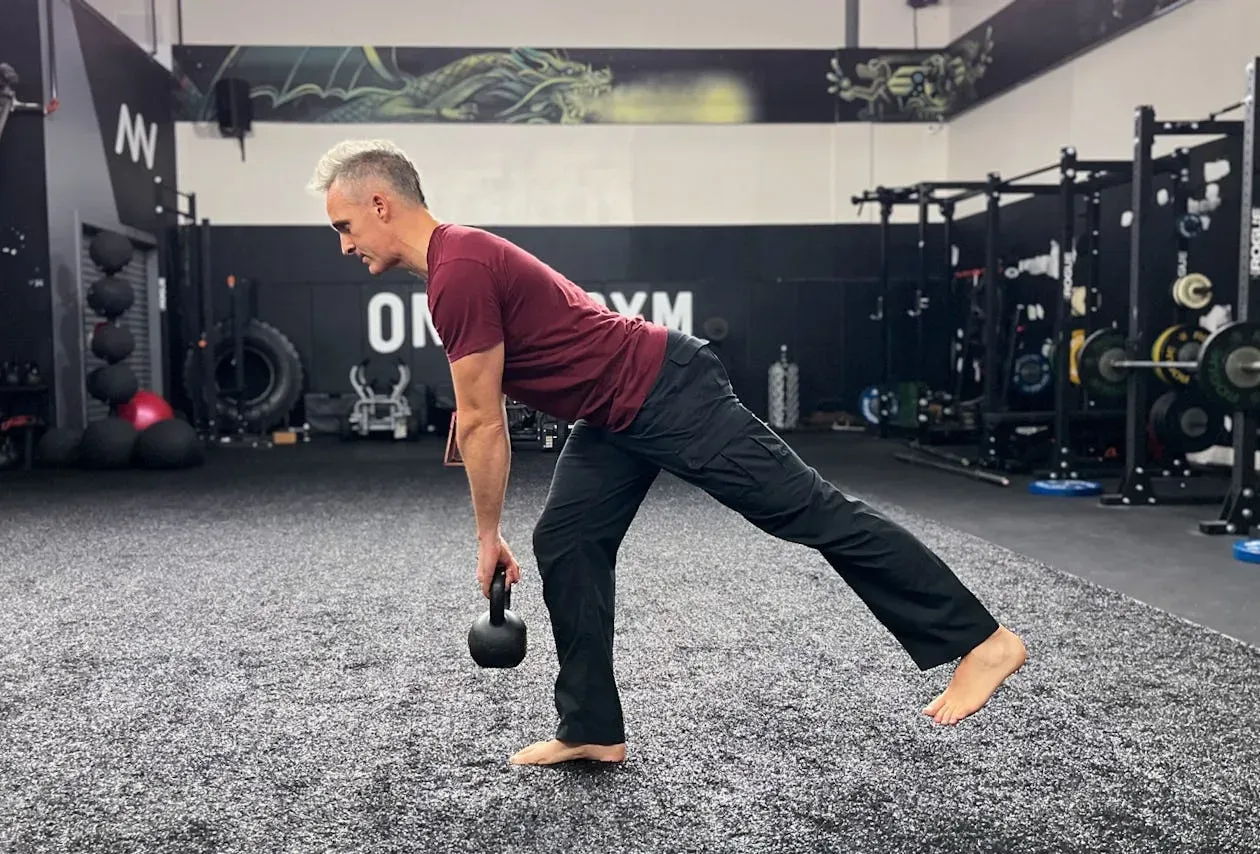Table of Contents
Building serious leg strength often feels like it requires a squat rack loaded with plates, a leg press machine groaning under the weight, and maybe a calf raise contraption for good measure. But what if you're working with less? What if your home gym consists of little more than a kettlebell and some floor space? Does that mean you're stuck with popsicle sticks for legs? Absolutely not.
Building Serious Leg Strength with Kettlebells

Building Serious Leg Strength with Kettlebells
Forget the endless debates about barbells versus machines for leg day dominance. You know the kind, where guys argue about quarter squats in the squat rack like it's the meaning of life. Truth is, you can build serious leg strength with kettlebells, and often with just one or two of them. It's not about the tool as much as how you use it. Kettlebells challenge your muscles in ways barbells don't, forcing your stabilizers to work overtime and improving your grip strength while you're at it. Think functional power, the kind that actually translates to real life, not just looking beefy in the mirror. Building Serious Leg Strength with Kettlebells is entirely achievable, even if your home gym is just a corner of the living room.
The Core Onnit Kettlebell Leg Workout Routine

The Core Onnit Kettlebell Leg Workout Routine
Getting Started: Warm-up and Mindset
Alright, let's get into the nuts and bolts of this thing. Before you pick up any weight, even that innocent-looking kettlebell, you need to get warm. Skipping this step is like trying to start a cold engine and expecting peak performance – it's just not going to happen efficiently, and you risk injury. Onnit's approach often starts with something simple but effective, like three minutes of jump rope. It gets the blood flowing, warms up your joints, and primes your nervous system for the work ahead. Think of it as telling your legs, "Hey, something's about to happen, wake up!" This isn't just hopping around; focus on a steady rhythm, light on your feet. This warm-up sets the stage for The Core Onnit Kettlebell Leg Workout Routine.
The Main Course: Exercises That Build
After you're good and warm, it's time for the main event. This routine isn't complicated, but it is demanding. It hits your legs from multiple angles, combining power, strength, and endurance. You'll start with foundational movements that build a solid base. Then you'll move into exercises that challenge your balance and work one leg at a time, which is crucial for fixing imbalances and building unilateral strength. Finally, you'll finish with movements designed to push your muscular endurance. It’s a well-rounded attack on your lower half, designed to leave you feeling like you've actually accomplished something.
- 3 minutes: Jump Rope (Warm-up)
- Kettlebell Swings: Build explosive power.
- Rear-Foot Elevated Split Squats: Target quads, glutes, adductors.
- Squat Jumps: Develop explosiveness.
- Goblet Squats: Reinforce proper squat mechanics.
- Walking Lunges: High-rep finisher for endurance.
Perfecting Your Onnit Kettlebell Leg Workout Form

Perfecting Your Onnit Kettlebell Leg Workout Form
Mastering the Kettlebell Swing Hinge
Look, anyone can pick up a kettlebell and swing it around like a pendulum. But doing it right, for a serious **onnit kettlebell leg workout**, requires understanding the hinge. This isn't a squat; your knees bend, sure, but the primary movement is at the hips. Think of slamming a car door shut with your butt, or maybe you're trying to show off your fancy new belt buckle to someone standing behind you. The back stays flat, chest up, and you're generating power by snapping your hips forward, not by lifting with your arms. The kettlebell is just along for the ride, a heavy extension of that powerful hip drive. Get this wrong, and you're just stressing your lower back, turning a potent leg and glute exercise into a trip to the chiropractor.
Nailing the Split Squat and Goblet Squat
Moving on to the split squat and goblet squat. These are foundational for building balanced leg strength. For the split squat, especially the rear-foot elevated version, stability is king. Don't rush it. Your front knee should track over your mid-foot, not collapse inward. Keep your torso upright, dropping straight down. It’s a controlled descent and ascent. The goblet squat is arguably the best way to teach someone how to squat properly. Holding the weight at your chest helps counterbalance, allowing you to keep an upright posture and drive your hips down between your knees. Elbows stay inside your knees at the bottom. If your elbows are outside, you're probably not getting deep enough or your mobility needs work. These aren't complicated, but they demand attention to detail.
Common Kettlebell Leg Workout Form Traps:
- Rounding the back during swings or deadlifts.
- Letting knees cave inward on squats or lunges.
- Using arms to lift the kettlebell instead of hip drive.
- Not controlling the eccentric (lowering) phase of movements.
- Looking down instead of keeping a neutral spine.
Controlling Explosiveness and Endurance
Even in exercises designed for speed or high reps, form is non-negotiable. Squat jumps in this **onnit kettlebell leg workout** are about generating power quickly, but you still need to land softly, absorbing the impact by sinking back into a squat. Don't land stiff-legged; that's just asking for joint trouble. Walking lunges, especially for 100 total reps, become a test of endurance *and* form under fatigue. As you get tired, resist the urge to shorten your stride, lean too far forward, or let your knee slam into the ground. Each step should be deliberate, maintaining that controlled descent and powerful push-off. It's easy to get sloppy when the legs are burning, but that's precisely when maintaining form prevents injuries and ensures you're still working the right muscles.
Adding Weight and Volume to Your Onnit Kettlebell Leg Workout

Adding Weight and Volume to Your Onnit Kettlebell Leg Workout
Knowing When to Step Up
you’ve been hitting this routine. The initial soreness has faded. You can get through the walking lunges without wanting to lie down on the floor and question all your life choices. This is good. It means your body is adapting. Sticking at the same level forever won't build bigger, stronger legs; it just builds maintenance. If you can complete all the sets and reps with solid form and feel like you could do a few more at the end of each set, it’s time to increase the difficulty. Don't just add weight because you think you should; add it because you've earned it by mastering the current level.
Practical Ways to Increase the Challenge
So, how do you actually make your **onnit kettlebell leg workout** more challenging? The most straightforward way is to pick up a heavier kettlebell. If you were using a 16kg, maybe try a 20kg or 24kg. But if you don't have a whole rack of kettlebells at home, you still have options. Increase the number of reps for each set, or add an extra set to each exercise. You could also slow down the negative portion of the movement – taking three or four seconds to lower into a squat or lunge increases time under tension, which is brutal and effective. Shortening your rest periods between sets also ramps up the intensity and conditioning aspect.
- Use a heavier kettlebell.
- Increase reps per set.
- Add more sets to the workout.
- Slow down the eccentric phase of exercises.
- Decrease rest time between sets.
- Perform exercises as a circuit with minimal rest.
Consistency Trumps Everything Else
Listen, none of these progression strategies matter if you aren’t consistent. Hitting this **onnit kettlebell leg workout** hard one week and then skipping the next two won't build anything except frustration. Find a schedule you can stick to, whether it's once or twice a week dedicated to this leg routine. Focus on progressive overload – that simply means consistently making it harder over time, using the methods mentioned above. Keep a log of your workouts; note the weight, reps, and how it felt. This tracking keeps you honest and shows you tangible proof of your progress, which is a massive motivator. Building strong legs with a kettlebell is a process, not a one-off event.
Forge Your Foundation
So there you have it. Building serious leg strength doesn't require a gym membership or a truckload of iron. The **onnit kettlebell leg workout** outlined here proves you can challenge your lower body effectively with just one versatile tool. Consistency is key, of course. Stick with this routine, focus on your form, and push for progress by adding reps or weight when you can. These exercises aren't flashy, but they work, demanding honest effort for tangible results. Your legs will thank you, eventually.